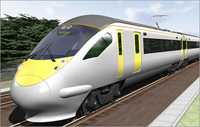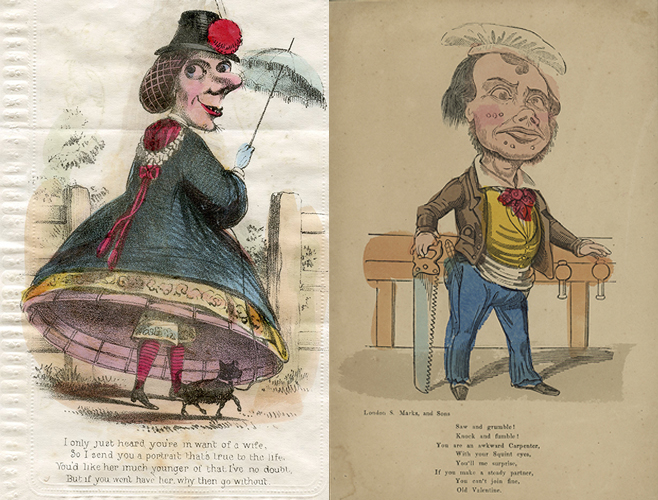News | Thursday, 23rd August 2007
Making London's new 'Bullet' train safe
Hitachi calls in MMU engineers

HIGH-tech giant Hitachi has called in MMU engineers to assist in the final preparations of the new fleet of vehicles for London ahead of the 2012 Olympics.
Experts from the Rail Technology Research Unit at MMU are helping Hitachi engineers to ensure the safety and efficiency of the Olympic Javelin which will slash commuter times between Kent and the capital.
The high speed line from Folkestone to St Pancras is now complete and the ultra-modern trains selected are the Hitachi Class 395 – dubbed the Olympic Javelin – based on Bullet Train technology.
In Japan, the train enjoys an enviable safety record, with no injuries in 40 years of operation. Adapting it to UK infrastructure though, is a significant challenge and MMU’s internationally recognised expertise in wheel rail engineering is helping that process.
Pioneering technique
Dr Simon Iwnicki and Adam Bevan of the Rail Technology Unit in the Department of Engineering and Technology have used computer techniques developed at MMU to predict wheel wear, taking into account track design, track irregularity, traction forces, wheel-rail friction and speed.
The vehicles will travel at up to 140mph.
Dr Iwnicki said: "We are delighted to be part of this prestigious project. The interface between the wheel and rail is the size of a thumbnail and has to carry all the forces that support, guide, accelerate and stop the vehicle. At very high speeds the engineering challenges are enormous.
"It has also been a new and very positive experience for us to work with our Japanese colleagues at Hitachi."
Olympic plans
The MMU techniques were developed with colleagues at the Royal Institute of Technology in Stockholm and are currently the only effective way of predicting wheel wear.
The trains are expected to enter into service in December 2009 and are a high-profile element of the London 2012 Olympics transport plans.
MMU’s Rail Technology Unit has a long record of industrial and academic collaborations in the field of railway engineering. In November 2005, they secured a Department of Trade and Industry grant with Corus to create a computer simulation model to predict the forces between the train wheels and the track and the influence of flexible support under the sleepers.
For more about engineering and technology research at MMU, go to www.sci-eng.mmu.ac.uk/engtech/research




